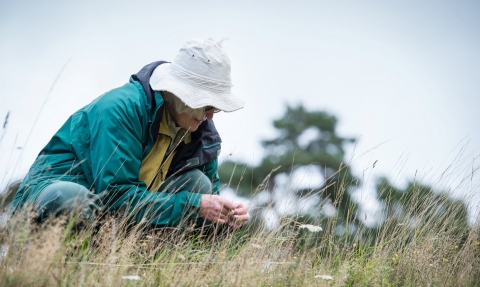
Matthew Roberts
Manx Biodiversity
The Isle of Man is a special place for wildlife. A huge amount of information is generated here by naturalist groups, specialists, volunteers and organisations such as Manx Wildlife Trust, Manx National Heritage and the Ecosystem team at the Department of Environment Food and Agriculture, plus many others. This information about wildlife species is gathered together in specialised biological databases. Much of this data is held on the government network and is used for evidence-based management and conservation of our wildlife resources. The aim is to ensure that wildlife knowledge is available for the benefit of biodiversity conservation on the Island.
Organising data flows – how to collect data - education
The Manx Biodiversity website will give links to the people and organisations that came together in 2010 to form the Manx Biological Recording Partnership. Find out about how to become involved in wildlife recording. Discover the basics of recording species; join local recording groups and get started with citizen science projects. Research your favourite species group.
Where to submit a record
Seen something? Want to tell us about it? We will soon provide more information about where to submit your records, but for now please go here for guidance. Alternatively you can get involved with one of our citizen science surveys.
Putting us on the map – making data available
The Partnership is also part of an international network of biological recording through the National Biodiversity Network (NBN). The NBN Atlas Isle of Man allows everyone to access this wildlife data and puts the island on the map in terms of the distribution of species in the British Isles and beyond. This is important for scientific research of populations. Making wildlife data freely available for everyone is a key aim. Find out more about recording on the Island here.
Using science to inform development – protecting species
Scientific data about wildlife species and habitats is used in the planning process to help protect our important marine and terrestrial ecology. An understanding of the distribution of rare and keystone species is vital for conservation work. Manx Biodiversity website provides a hub for this work.

